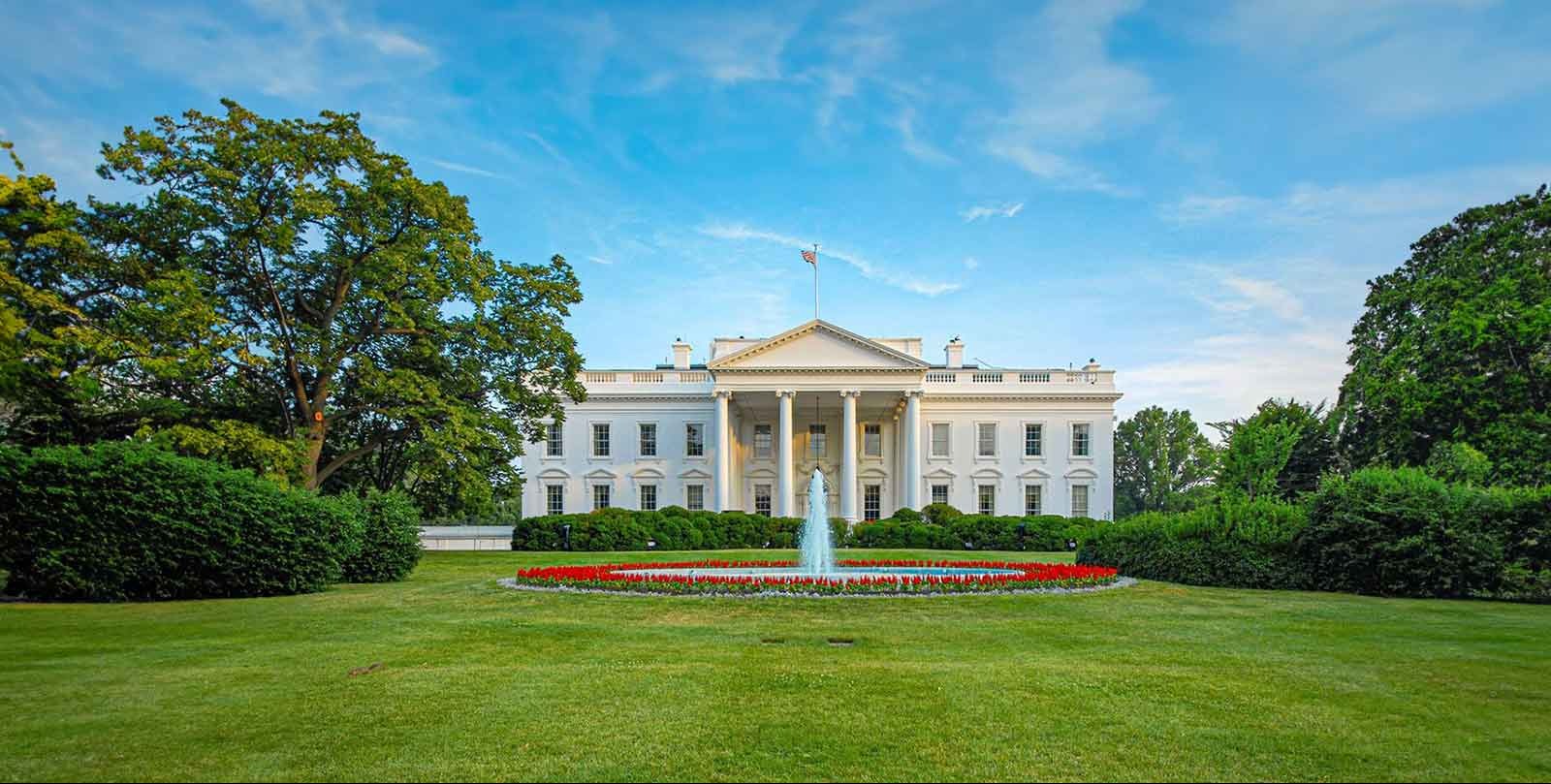What's Happening?
Lawmakers in both chambers of Congress are advocating for the development of a comprehensive government strategy to address the growing national security threats posed by the increasing cooperation among
China, Russia, Iran, and North Korea. This initiative aims to ensure the United States is adequately prepared to tackle simultaneous challenges from multiple adversaries in the future. Defense Secretary Pete Hegseth has been actively reshaping the U.S. military by dismissing or sidelining over two dozen generals and admirals in recent months, a move that could have long-term implications for military leadership. Additionally, the U.S. Army is planning to collaborate with private industry to manufacture and deploy one million drones within the next two to three years, enhancing its operational capabilities.
Why It's Important?
The proposed whole-of-government strategy is crucial for maintaining U.S. national security in the face of coordinated efforts by adversarial nations. The collaboration between China, Russia, Iran, and North Korea represents a significant geopolitical challenge, necessitating a unified and strategic response from the U.S. government. The restructuring of military leadership by Defense Secretary Hegseth could lead to a shift in military strategy and priorities, potentially affecting the U.S.'s ability to respond to international threats. The Army's drone initiative highlights the increasing reliance on unmanned technology to enhance military operations, which could redefine the future of warfare and impact defense industry dynamics.
What's Next?
The next steps involve Congress deliberating on the specifics of the proposed strategy and its implementation across various government agencies. The military leadership changes initiated by Secretary Hegseth may lead to further adjustments in military policies and strategies. The Army's plan to deploy drones will require significant investment and collaboration with private industry, potentially leading to advancements in drone technology and manufacturing capabilities. Stakeholders, including political leaders, defense contractors, and military personnel, will likely engage in discussions to address the implications of these developments.
Beyond the Headlines
The broader implications of these developments include potential shifts in U.S. foreign policy and defense strategies. The restructuring of military leadership could lead to changes in military culture and operational approaches. The focus on drone technology may raise ethical and legal questions regarding the use of unmanned systems in warfare. Additionally, the cooperation among U.S. adversaries could influence global geopolitical dynamics, prompting other nations to reassess their alliances and security strategies.













